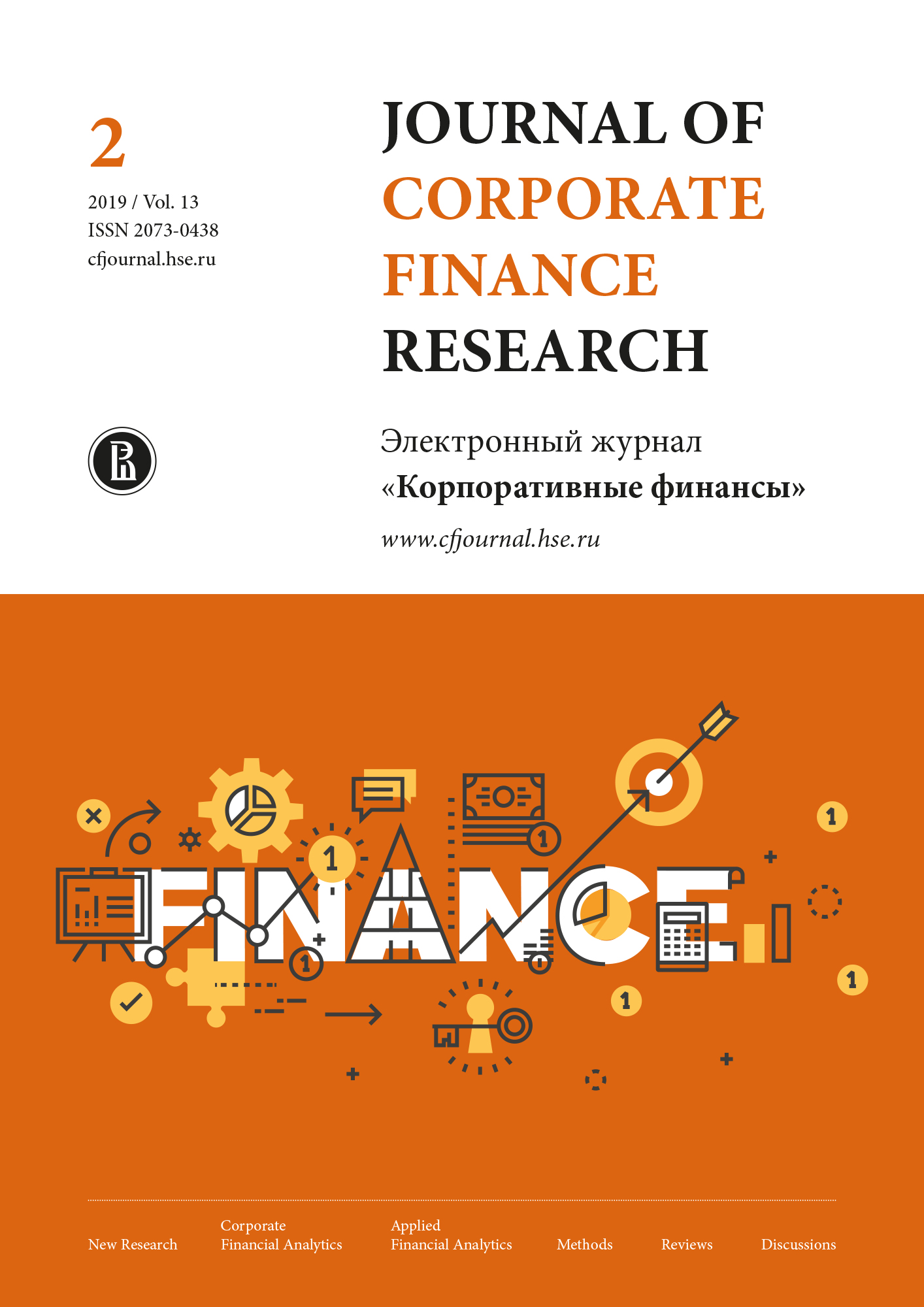Profitability and Executive Board Turnover in Russian Banks
Abstract
This paper examines profitability as a factor in the turnover of poorly-performing executives in Russian banks, and
how this acts as a mechanism of good corporate governance. It is intended to identify and measure the relative effects
of different determinants on executive turnover, and thus highlight the practical sets of circumstances where turnover
is most likely. A relatively unique perspective on the study of corporate governance, we intend to demonstrate an
aspect of corporate accountability for commercial performance and shed light on high-level manifestations of reactive
management practices.
In order to construct the most realistic and robust analysis, we will take into account the idiosyncracies of the companies
and individuals involved in this process, and also consider the influence of external economic and social developments
where appropriate. The empirical data in this research consists of 3251 observations concerning members of the
executive boards of the 50 largest Russian banks from 2005 till 2014. Contemporary accounting data and other financial
and economic indicators for these companies is weighed alongside personal information about the banks executives.
Descriptive statistics and econometric approaches are utilised in order to parse the provided data and construct a
comprehensive explanatory model. Our interpretative process includes the application of probit regressions and OLS
panel regressions with fixed effects.
The results of this evaluation may be summarised as follows. We found out that a decrease in return on equity (ROE)
and a decrease in return on assets (ROA) leads to a higher probability of executive turnover. Changes in the EBITDA to
total assets ratio did not correlate with executive turnover probability. State-controlled banks showed a higher executive
turnover rate. A greater turnover rate during pre-crisis 2006-2007 may have been caused by banks’ demand for new
executives, in their ambition to attain extensive growth. A higher turnover rate in 2014 could have been inspired by the
economic sanctions again Russia, or influenced by a recent policy of the Central Bank of the Russian Federation aiming
at a “clearance” of the banking system. Finally, it was demonstrated that personal characteristics of the members of the
executive boards did not have a significant influence on executive turnover probability.
This study contributes to the limited literature in the area by analysing the determinants of turnover of members of the
executive boards of banks depending on the profitability of banks and other characteristics. This is the first study of this
kind, based on extensive Russian data which allows for the appraisal of the mechanisms of corporate governance. While
a primary limitation of this study is that only large banks were included in the sample, the very presentation of these
conclusions carries significant weight in terms of defining methodological parameters for future research. This area is
ripe for further investigation. For example, it is immediately apparent that the results may be very different for small or
medium-sized banks, let alone other kinds of financial and commercial institutions.

